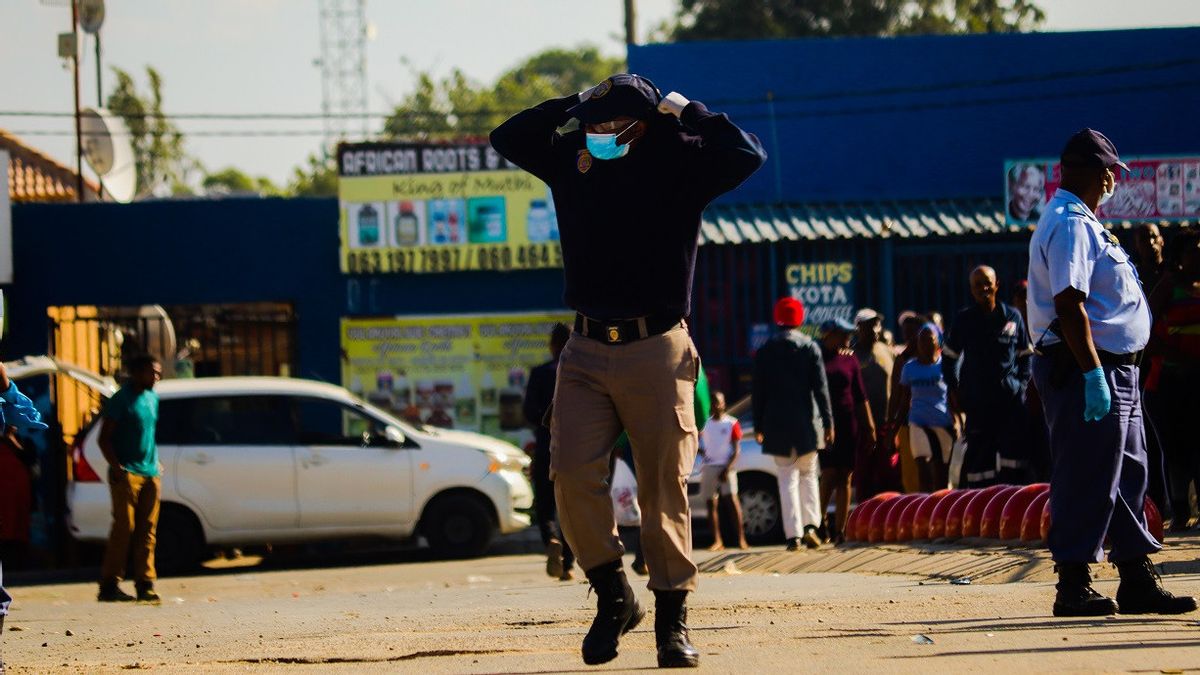JAKARTA - COVID-19 cases appear to have peaked in South Africa's Gauteng province about a month after the Omicron variant was first detected there and the impact of the spike in infections has not been as severe as the previous wave, scientists said Wednesday.
Scientists from the National Institute of Infectious Diseases (NICD) said while more studies were needed, data from South Africa, whose experience is closely watched around the world, tell a positive story about the severity of the variant.
Gauteng, South Africa's commercial hub, home to one of the continent's busiest airports and the region where the Omicron variant first emerged, is now experiencing a decline in daily cases and the percentage of positive tests, Michelle Groome of the NICD told a news briefing.
"Really we feel like it's been going on for more than a week and we're past the peak in Gauteng," he said, citing Reuters on Dec. 23.
"There is a 'leveling' in the other three provinces, Limpopo, North West, and Mpumalanga," he added, though cases were still rising elsewhere.
NICD data show the seven-day moving average of daily cases, which scientists say is more reliable than daily confirmed cases, is on a downward trajectory in Gauteng.
The chart shows a sharp increase in cases from near zero in mid-November to an average of 10,000 daily cases in early December. It has since fallen sharply to an average of around 5,000 per day.
However, Groome warned that some of the lower case numbers could be due to lower testing rates during the holiday period.
South Africa, which now maintains the lowest level of its five-tier restriction system despite a rapid spike in infections, is monitoring hospitalization rates very closely.
While these are also increasing, they have so far remained well below levels seen during previous waves of the pandemic, with deaths also lower than seen in the past and people staying in hospital for shorter periods, said Waasila Jassat of The NICD, however, warns that relevant data tends to lag behind.
Infections in the first four weeks of the fourth wave of the coronavirus, driven by Omicron, increased well above those seen in the previous three waves, NICD data showed, but the proportion of people hospitalized stood at 5.7%, compared with above 13% in another wave year.
SEE ALSO:
The proportion of people admitted to hospital who later died meanwhile fell to 5.6 percent, compared with 19 percent or more in the first, second or third batch.
Meanwhile, about 87 percent of the COVID-19 deaths seen in South Africa between November 7 and December 18 were people who were not vaccinated or not fully vaccinated, data showed.
The English, Chinese, Japanese, Arabic, and French versions are automatically generated by the AI. So there may still be inaccuracies in translating, please always see Indonesian as our main language. (system supported by DigitalSiber.id)













